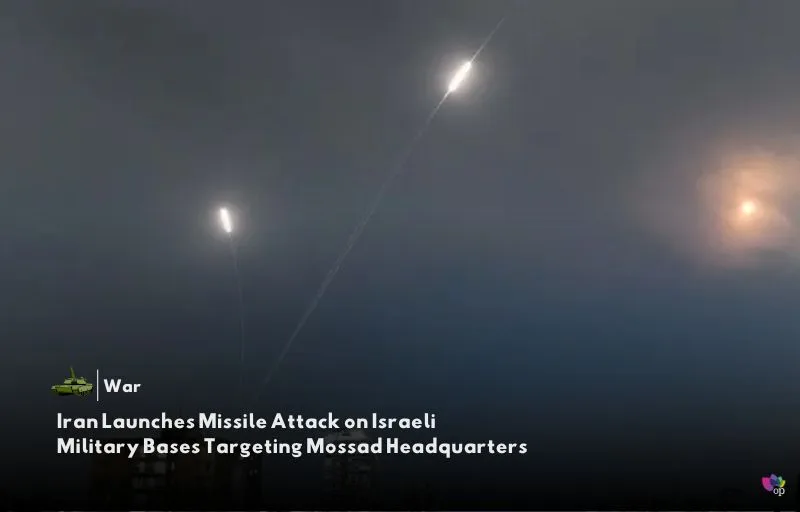Iran fired ballistic missiles at two Israeli military bases and Mossad headquarters on Tuesday (1 October), according to Iranian state television. The attack, named ‘Operation True Promise II,’ was confirmed by Mohammad Bagheri, Chief of the General Staff of the Iranian Armed Forces. The targeted sites included the Nevatim air base, which houses Israel’s F-35 fighter jets, and other military and intelligence facilities. Iran claimed the attack was retaliation for the recent killings of key leaders, including Hamas chief Ismail Haniyah and Hezbollah leader Sayyed Hassan Nasrallah.
Bagheri stated that Iran used hypersonic Fatah missiles in the attack but deliberately avoided civilian targets. Iran framed the assault as a defensive measure following the deaths of senior Iranian and allied figures. Iranian President Masoud Pezeshkian supported the strike, emphasizing that it was carried out to protect Iran’s interests and ensure regional security. Following the missile strikes, Iranian citizens celebrated in several cities, waving Iranian, Lebanese, and Palestinian flags.
Israel reported that Iran launched around 200 missiles, with most intercepted by its defense systems. Prime Minister Benjamin Netanyahu condemned the attack, calling it a “big mistake” and warning that Iran would face consequences for its actions. The U.S. military also stepped in to assist, with forces intercepting missiles and deploying additional aircraft to the region in support of Israel’s defense efforts.
The U.S. Defense Secretary, Lloyd Austin, condemned the missile attack, labeling it an “outrageous act of aggression.” He reiterated the U.S. commitment to defending its troops and allies in the region. Two U.S. Navy destroyers in the Eastern Mediterranean fired interceptors to defend against the missile barrage. Though many missiles were intercepted, some managed to hit their targets, causing minimal damage.
References


